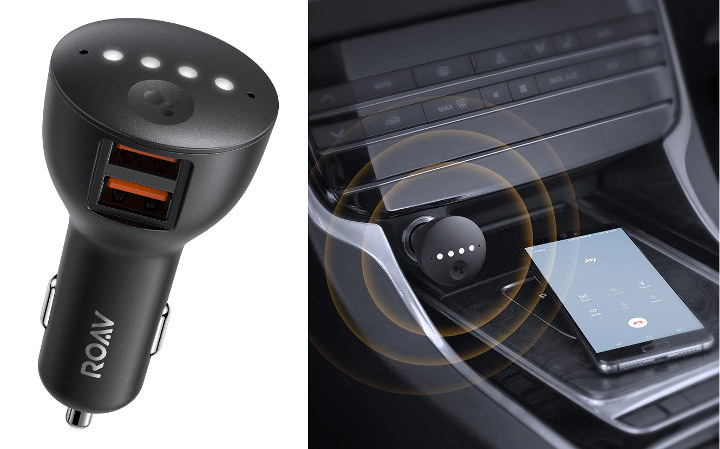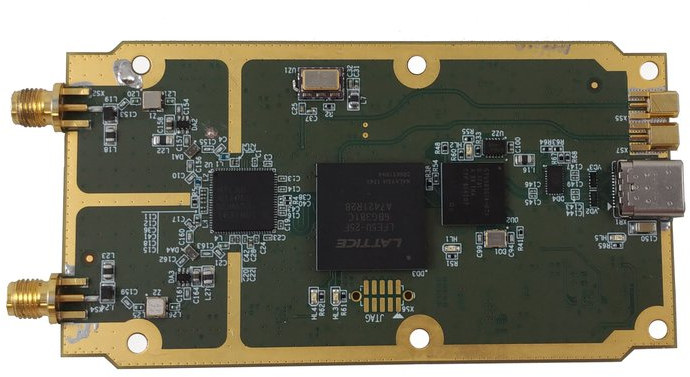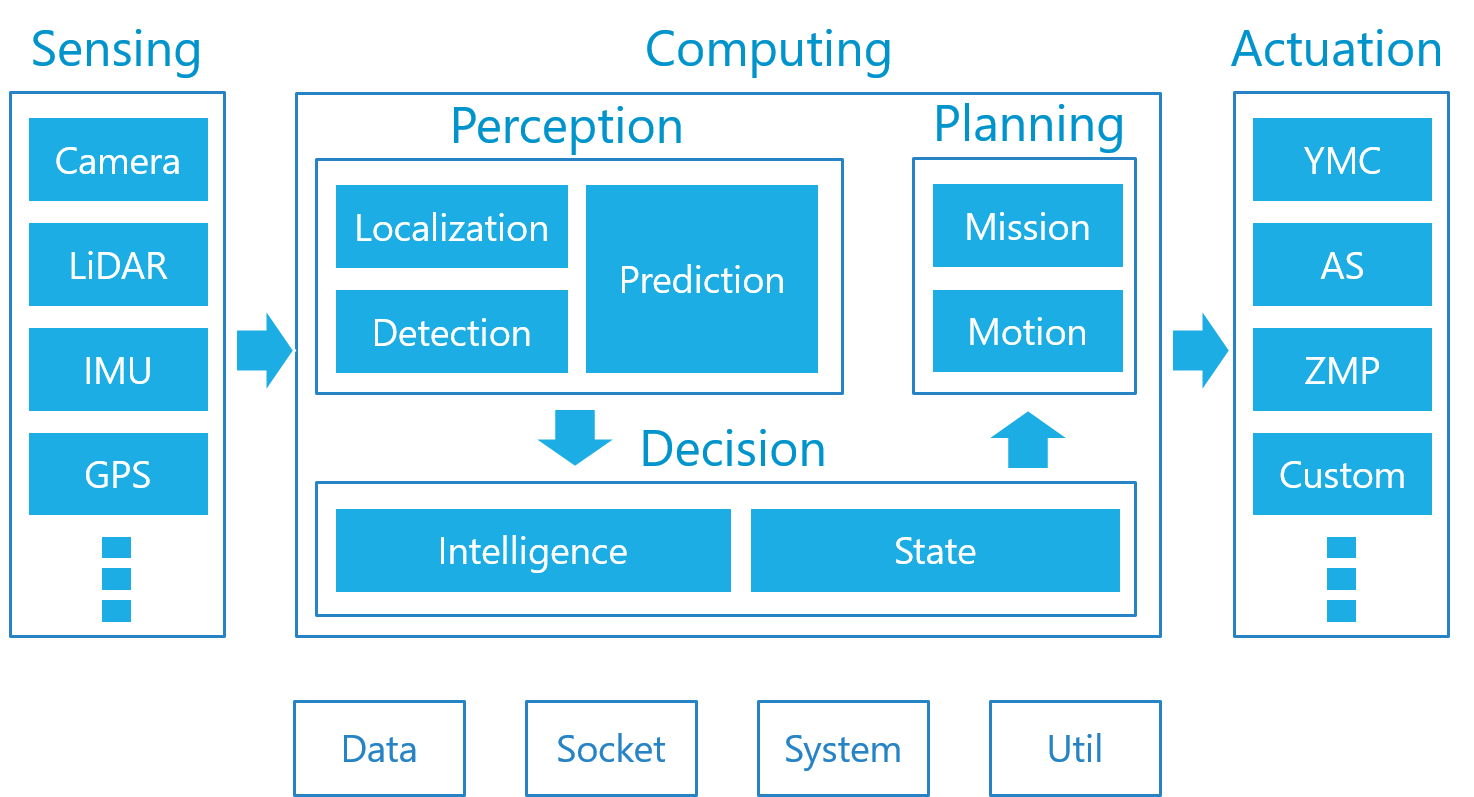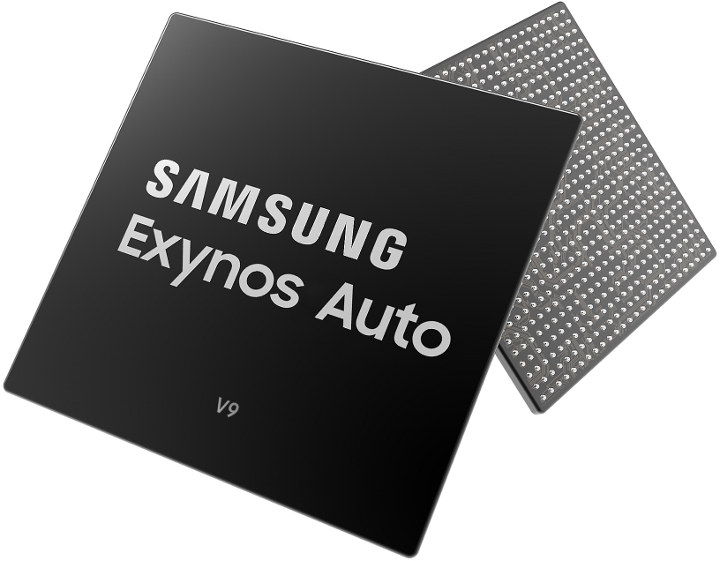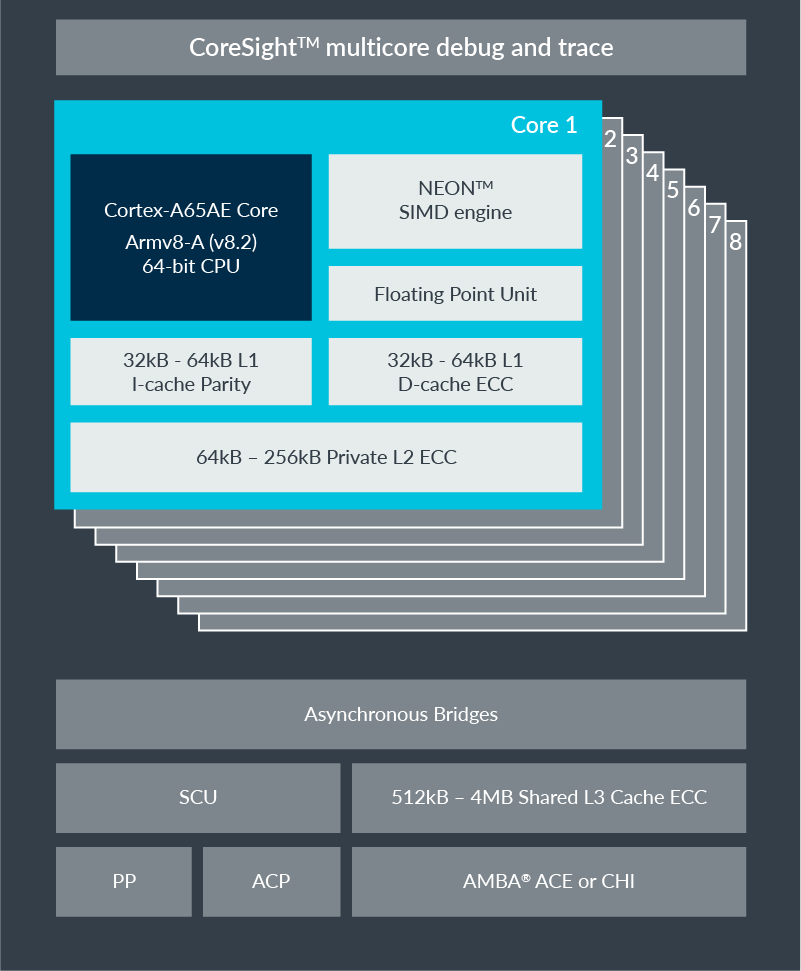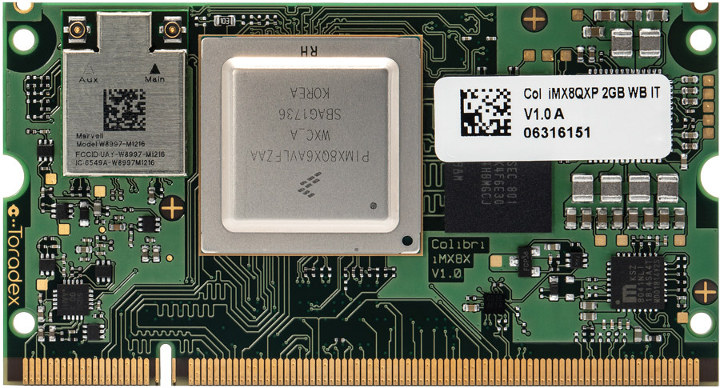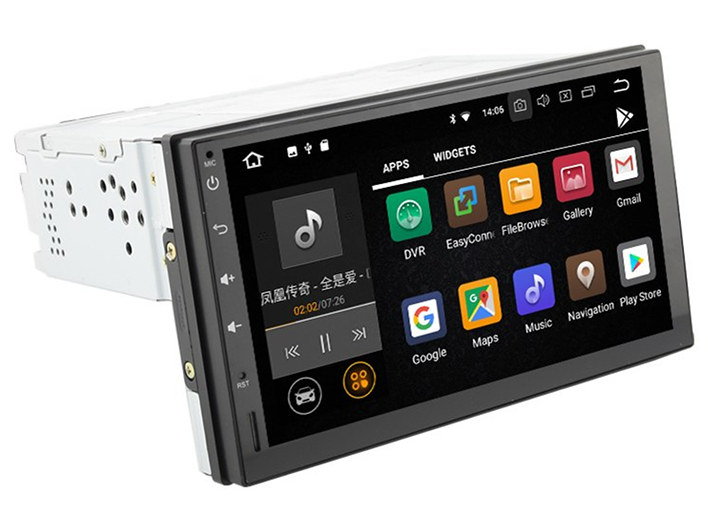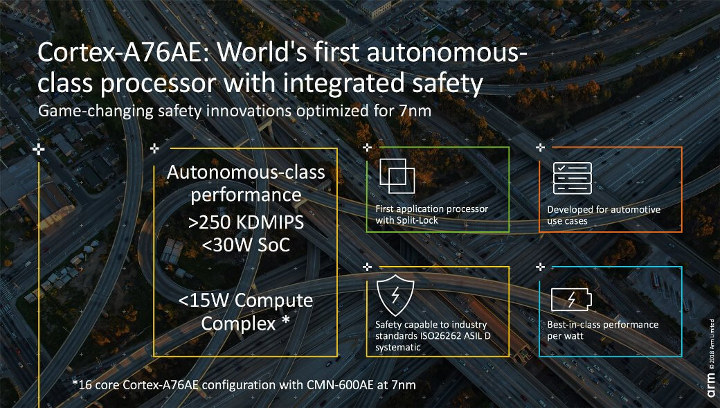While it may be tempting to check your messages, make phone calls or checking something on your smartphone while driving, it’s never a good idea. But thanks to Anker Roav Bolt car charger with built-in Bluetooth connectivity and a microphone array, you can perform those tasks through Google Assistant while keeping your eyes on the road. Anker Roav Bolt key features and specifications: Voice Chip – Far-Field Voice Processor Audio 2x MEMS Microphones 3.5mm audio jack Noise cancellation, acoustic echo cancellation Connectivity – Bluetooth 4.2 Misc – 1x physical button used to trigger GVA (Google Voice Assistant), 4x RGB LED Power Input – 12V-24V cigarette lighter sockets USB Output – 24W, 5V/2.4A max per port, Anker PowerIQ Technology So you get to charge your phone, while it is connected to your car audio system over Bluetooth or the audio jack, and make calls, start listening to a podcast, or ask […]
Amungo NUT2NT+ is an Open Source High Precision GNSS Board (Crowdfunding)
Amungo Navigation NUT2NT+ is an open source hardware four-channel, all-frequency, GNSS RF-to-bits receiver for precision, satellite-based positioning. Connected to the right antennas, the board can achieve centimeter positioning resolution by connecting to multiple navigation satellite systems including GPS, GLONASS, Galileo, BeiDou, and IRNSS. Amungo claims that while several startups and large companies already offer proprietary GNSS positioning solutions NUT2NT+ is the only open source option in this class of GNSS devices. NUT2NT+ key features and specifications: Receiver chip – NTLab NT1065 4-Channel RF Front-End IC FPGA – Lattice ECP5 with 12K LUTs + 28 DSP blocks (LFE5U-12) opened for custom design USB – 1x USB 3.1 Type-C port via CYUSB3014 USB 3.0 controller: Clock – 10 MHz TCXO, soldered RF inputs – 2x bands dedicated; – 5 dB referred noise floor ADC – 2-bit resolution up to 99 MHz Samples transfer – Continuous full stream, from 10 to 50 Mbytes/sec […]
Autoware is an “All-in-One” Open-source Software for Autonomous Driving
All major automotive companies, and some technology companies are all working on autonomous driving with the ultimate goal of achieving level 5 autonomous driving meaning no human intervention is needed at any stage. Development will take some more time, and companies are now competing with closed source software and hardware. But as I browsed through Linaro Connect Bangkok 2019 schedule, I found out there’s an open source autonomous driving software called Autoware.AI. Several “Autoware” projects are managed by the newly founded Autoware Foundation, a non-profit organization created to develop a synergy between corporate development and academic research in order to provide access to autonomous driving technology for everyone: Autoware.AI is the first version built on ROS 1, and Linux, and has been developed as a research and development platform Autoware.auto is the second version built on ROS 2, and Linux, with a complete redesign. Autoware.IO is an interface project for Autoware […]
Samsung Exynos Auto V9 Octa-core Cortex A76 Processor Targets Automotive Infotainment Systems
Samsung Exynos processors are well known for their use in mobile processor, but the company has now announced their first automotive grade processor with Exynos Auto V9 SoC featuring eight Cortex A76 cores clocked at up to 2.1 GHz, a Mali G76 GPU, a HiFi 4 audio digital signal processor (DSP), an intelligent neural processing unit (NPU), and a safety island core that supports Automotive Safety Integrity Level (ASIL)-B standards. Exynos Auto V9 does not come with the latest Cortex-A76AE cores for autonomous driving, as instead the processor is specifically designed for in-vehicle infotainment (IVI) systems, and will be found in Audi cars starting in 2021. The processor also supports LPDDR4 and LPDDR5 DRAM, can control up to six independent displays and twelve cameras. Three separate sets of Mali G76 GPU cores will enable simultaneous support for the cluster display, central information display (CID) and rear-seat entertainment (RSE). The NPU […]
Arm Cortex-A65AE Targets Safety-Critical Automotive, Aviation, and Industrial Automation Applications
Arm introduced their first “Automotive Enhanced” processor with Cortex-A76AE last September. The processor targets autonomous driving applications, and comes with extra safety features such Dual Core Lock-Step (DCLS) running the same code on two different cores to continuously check the execution result is the same on both. The company has now unveiled a second AE core with Cortex-A65AE, which Arm claims is the first multithreaded Automotive Enhanced Cortex-A CPU technology to deliver the highest safety levels with Dual Core Lock-Step (DCLS). Arm Cortex-A65AE specifications: Architecture – Armv8-A (Harvard) Extensions – Armv8.1, Armv8.2, Cryptography, RAS, and Armv8.3 (LDAPR instructions only) ISA support – A64 Microarchitecture Out-of-order Pipeline Superscalar NEON/Floating Point Unit Optional Cryptography Unit Max number of CPUs in cluster – Eight Physical Addressing (PA) – 44-bit Dual Core Lock-Step Memory system and external interfaces L1 I-Cache / D-Cache – 16KB to 64KB L2 Cache – 64KB to 256KB L3 Cache […]
Toradex Colibri iMX8X SoM Features NXP i.MX 8X Dual / Quad Arm Cortex-A35 Processor
Designed for infotainment and dashboard in automotive applications, industrial control, robotics, healthcare, mobile payments, handheld devices, and more, NXP i.MX 8X Arm Cortex-A35 processor was first spotted in 2016, before being formally announced in March 2017. But it took quite longer to see actual products launched, and several vendors announced i.MX 8X modules in the last week while NXP also released documentation. One of them is Toradex with their Colibri iMX8X system-on-module with up to 2GB LPDDR4 memory, 8GB flash, a built-in 802.11ac 2×2 MIMO WiFi + Bluetooth 5 module, dual channel LVDS, MIPI DSI display interface, a quad-lane MIPI CSI-2 camera interface, etc… Toradex Colibri iMX8X specifications: SoC (one of the following options) NXP i.MX 8QuadXPlus quad core Cortex-A35 processor @ up to 1.2GHz, Arm Cortex-M4 MCU @ up to 266MHz, HiFi4 DSP, Vivante GC7000Lite performance optimized GPU, 4K video support NXP i.MX 8DualXPlus dual core Cortex-A35 processor @ […]
Rockchip PX30 Processor Powers Android 8.1 Car Infotainment Systems
Rockchip RK3326 and RK3308 are the first Arm Cortex A35 processors from the company, and are designed for smart AI solutions such as smart speakers and smart displays. It turns out RK3326 processor has a sibling called Rockchip PX30 with most of the same features, but with dual VOP (Video Output Processor) support to handle up to two independent displays, as well as an Ethernet MAC and a USB host block. Rockchip RK30 key features and specifications: CPU – Quad-core Arm Cortex-A35 GPU – Mali-G31 MP2 GPU Memory I/F – DDR4/DDR3/DDR3L/LPDDR3/LPDDR2 Storage I/F – MLC NAND, eMMC 4.51, Serial Nor FLASH Video 1080p H.265/H.264/VC-1/MPEG/VP8 video decoder 1080p H.264/VP8 video encoder Display Interfaces – MIPI-DSI/LVDS/RGB interface, dual VOP Audio I/F – 1x8ch I2S/TDM, 1x8ch PDM, 2x2ch I2S Camera I/F – MIPI CSI and DVP; built-in 8MP ISP Networking – 10/100M Ethernet Other Peripherals – SDIO3.0, USB2.0 HOST & OTG, 4x I2C, […]
Arm Cortex-A76AE Processor is Designed for Autonomous Driving Applications
Arm Cortex A76 processor core was first unveiled in June of this year, and very recently Hisilicon – part of Huawei – introduced Kirin 980 processor with four Cortex A76 cores, four Cortex A55 cores. Arm has now unveiled another variant of Cortex-A76 core. Cortex-A76AE (Automotive Enhanced) is designed for automotive application, and specifically autonomous driving applications, thanks to extra safety features such as Split-Lock capability which includes the ability for Dual Core Lock-Step (DCLS). The latter means that two processors are running the same code at the same time, and the instructions is only validated is the results are identical on both processors. Microarchitectural highlights of Cortex-A76AE for safety: Dual Core Lock-Step (DCLS) – The Cortex-A76AE is capable of running in Dual Core Lock-Step (DCLS), and hence is able to contribute towards a system’s ASIL D hardware diagnostic coverage requirements. Memory protection – The Cortex-A76AE supports Single Error Correction, […]


